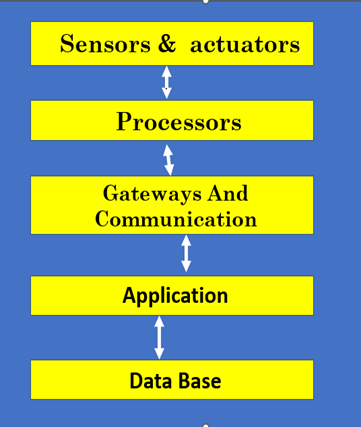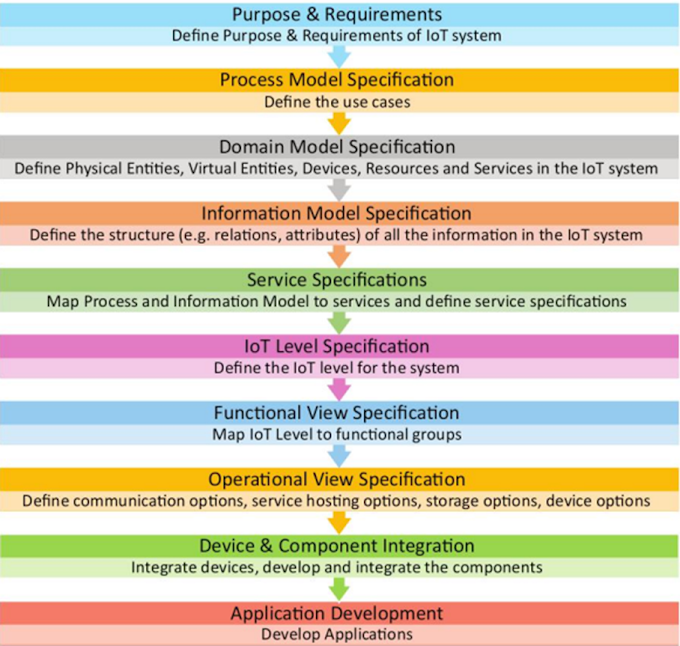NETWORK LEVEL SECURITY
Definition:-
·
Create
the policies, technologies, and practices designed to protect the network
infrastructure and data transmissions in cloud environments from threats like
unauthorized access, data interception, and denial-of-service attacks.
· Features of Network-Level Security
1. Traffic Monitoring and
Filtering:
2. Access Control:
3. Data Encryption:
4. Threat Detection:
5. Segmentation:
6. Redundancy and Failover:
7. Scalability:
Types of Network-Level Security
1. Perimeter Security:
2. Network Segmentation:
3. Encryption-Based Security:
4. Intrusion Detection and Prevention:
5. Zero Trust Network Security:
Tools for Network-Level Security
1. Cloud-Native Tools:
- AWS: Security Groups,
- Microsoft Azure:
- Google Cloud:
2. Third-Party Tools:
- Palo Alto Networks:
- Cloudflare:
- Cisco Secure Firewall:
3. Monitoring and SIEM Tools:
- Splunk:
- AWS CloudTrail or Azure Monitor:
- Google Cloud Operations:
4. VPN and Encryption Tools:
- OpenVPN, IPsec:
- TLS/SSL Certificates:
5. Zero Trust Solutions:
- Zscaler:
- Okta:
Techniques for Network-Level Security
1. Firewall Configuration:
2. Network Segmentation:
3. Encryption in Transit:
4. DDoS Mitigation:
5. Intrusion Detection and Prevention:
Advantages of Network-Level Security
1. Protection Against External
Threats:
2. Granular Control:
3. Scalability:
4. Compliance Support:
5. Improved Resilience:
6. Centralized Management:
Limitations of
Network-Level Security
1. Incomplete Coverage:
2. Complexity in Multi-Cloud Environments:
3. Misconfiguration Risks:
4. Performance Overhead:
5. Dependence on Cloud Providers:
6. Evolving Threats:
7. Cost:
==============================



0 Comments